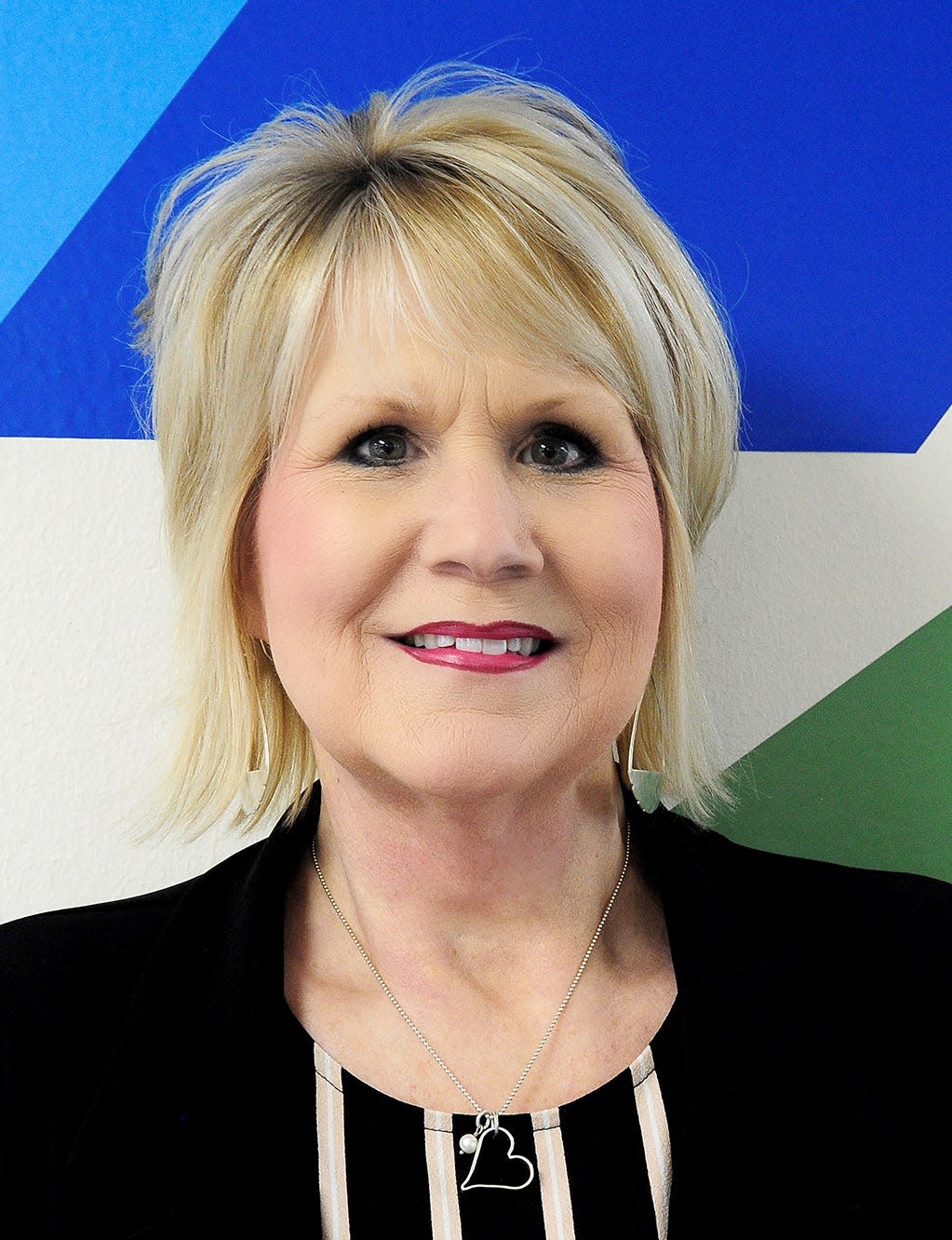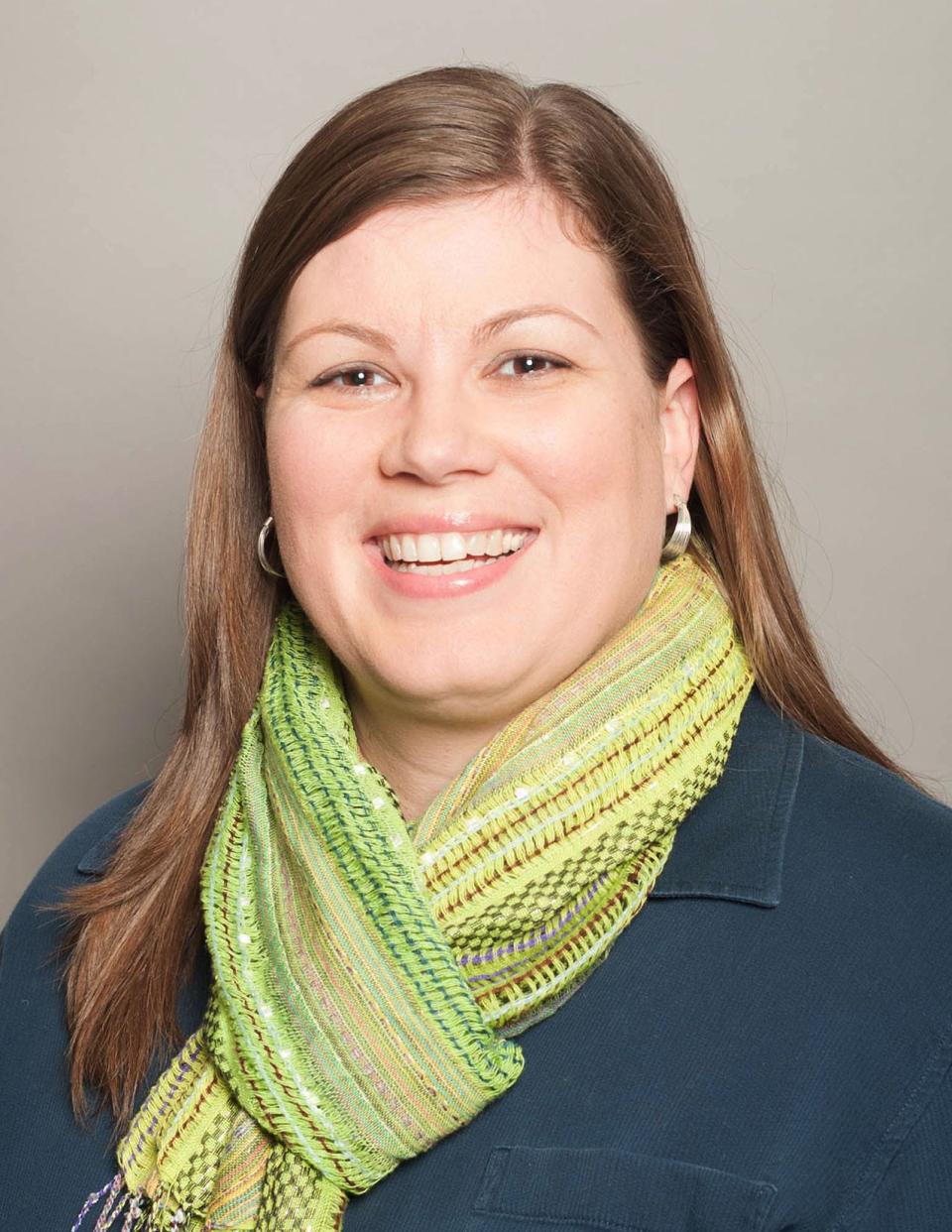Continuing Oklahoma's improvement in child protection — what comes next?

Tricia Howell is two months into what many consider to be one of the toughest jobs in state government — protecting Oklahoma's children — its most vulnerable residents.
"I lose sleep. I worry about them all the time," says Howell, 61, the state's new director of Oklahoma's Child Welfare Services agency.
Howell took over the job from her boss, Dr. Deborah Shropshire, who was promoted by Gov. Kevin Stitt to run the entire Oklahoma Department of Human Services.
In recent years under Shropshire and Howell, there appears to have been a significant reformation of the DHS, an agency with a troubled past.
A report last week from a team of outside monitors credited "dynamic leadership within DHS" for "substantial and sustained" improvement in the treatment of children in the state's care.
Monitoring of the DHS was ordered by a federal court in 2012 as part of the settlement of a lawsuit filed against the state by a child advocacy group four years earlier. Allegations in the lawsuit about the neglect and abuse of children in the state's care were supported by news reports dating back to the 1980s and 1990s.
A key part of the settlement was establishment of the Pinnacle Plan, a five-year road map for measurable improvement in seven areas: maltreatment of children, development of foster homes, regular and consistent visitation of caseworkers, reduction of the number of children in shelters, placement stability, child permanency through reunification adoption or guardianship, and manageable caseloads for child welfare staff.
A team of three outside child welfare experts (designated as the "co-neutrals") was selected to monitor DHS's progress and issue reports twice a year assessing whether the department was meeting its commitment to improve.
More:Outside monitoring of Oklahoma's troubled child welfare system may soon end
In its latest report, the monitoring team said the Oklahoma DHS "has become a model child welfare system in some important respects." It said monitoring would no longer be necessary in most of the performance measures established by the Pinnacle Plan. Continuing oversight would be needed, it said, only in seven areas where reviews had to be suspended temporarily during the height of the COVID-19 pandemic.

Shropshire was quick to say that DHS was committed to continuing public reporting on its progress even though not under outside monitoring and said the agency would be working hard to demonstrate progress in the remaining areas, which she said fell roughly into two categories.
"One is related to having therapeutic foster homes ... homes that have access to the right kinds of therapy support to take on kiddos that have a higher kind of behavioral health need," she said.
"And the other one is something called 'permanency,' which is really about how long kids are in foster care. When do they get either back home with their parents or when do they get to adoption? That isn't just dependent on us. It's also depending on how fast parents can get to services and how fast courts are able to move through cases. (But) we just don't want kids to have to sit in foster care any longer than they have to," Shropshire said.
Currently, about 6,580 children are in the care of the state.
Children come into DHS care when something's gone wrong, when life's problems have accumulated to the point that parents — or maybe just a single mom or single dad — are no longer able to provide that care themselves. It's the job of the child welfare agency to step in at that point and find new homes for these children — temporary ones, if possible, until parental care can be resumed — or until longer-term homes can be found with foster or adoptive parents.
'Invisible' children
But Howell knows these children might be just the tip of an iceberg. She says she also worries about the children who are invisible to her — those who are struggling without her knowledge. She knows there are children like Athena Brownfield, the 4-year-old whose disappearance caused a sensation when she vanished from Cyril, a small town about an hour southwest of Oklahoma City.
In January, Athena was discovered missing after her 5-year-old sister was found wandering down the street by a postal worker. Athena's body was later found buried in nearby Rush Springs, and her caretaker, a relative of her biological mother, was charged with two counts of child neglect. The caretaker's husband was charged with child neglect and first-degree murder.
In February, Oklahoma County sheriff's deputies found two girls, ages 6 and 7, living in a home that was filled with animal waste, rats and piles of trash.
Month after month, similar reports are not uncommon.
"It's just sad, really sad," Howell said in a recent interview. "You wonder what could have been done to prevent this from happening."
One key, she said, is strengthening the agency's partnerships with law enforcement agencies, schools and others who can provide early warning when they see children struggling.

Howell is a long-time agency veteran with nearly 30 years of service. She joined DCS in 1985, left for nine years to pursue outside foster care and adoption work, and then returned.
"From all I've heard, she has a heart for this, and she was a great choice," said Joe Dorman, chief executive officer of the Oklahoma Institute for Child Advocacy, The institute was formed as a watchdog group in 1983 and supported the lawsuit that led to establishment of the Pinnacle Plan.
Howell won't say much about the dark years for Oklahoma's child care system other than "there were barriers to do what I knew needed to be done." She kept her head down and focused on the work. "I loved the work," she said. "It's so very worthwhile. I knew that's where I needed to be."
Success in reducing abuse of children in custody
By the time the Pinnacle Plan was implemented in 2012, Howell had worked her way through the system to become the agency's director for Okmulgee County. As the plan's co-neutrals began submitting reports on the agency's progress — or lack of it — she and others began to find support for changes they wanted to make. The number of maltreatment cases within the system, reports of children being kicked, beaten, shackled and starved, dropped steadily, and the agency's focus turned to the large number of children housed in institutional settings — shelters and small group homes that were essentially mini-orphanages. The co-neutrals pushed for more foster and adoptive parents.
That area was Howell's specialty, but progress was slow. After reports saying the state had failed to make even "a good faith effort" between 2012 and 2017, monitoring was extended for an indefinite period. Shropshire took over direction of child welfare in 2017.

After state revenues started to pick up in 2018, following a dip in the oil and gas economy, and budgets were boosted, the Pinnacle Plan monitors began to report progress.
Searching for more foster parents
Two key areas remain a priority, say Shropshire and Howell. One is finding more foster families and placing more children with adoptive parents.
"Fostering is hard work — some of the hardest work anybody does because it's 24/7," Howell said. "We need a lot of families to meet the needs of each individual child."
To help recruit foster parents, Howell said the agency had engaged a well-respected outside firm headed by Denise Goodman, who is also a consultant for the Annie E. Casey Foundation. In October 2022, Goodman received a nine-month contract worth $122,000. Howell said Goodman's team has been particularly helpful in attracting foster parents willing to care for sibling groups, teens and children with significant behavioral health needs.
Howell said agency efforts to establish collaborative and effective relationships with Native American tribes also were resulting in more foster home care. Of the 6,580 children currently in state custody, she said about 1,700 or 26% are Native American. Some of the larger tribes, she said, have robust child welfare programs of their own, and "whenever a tribe believes it can place a child in a better situation and monitor how they're going, the department is happy to let them do it."
Finding more caseworkers and reducing their stress
The director said her second key priority was to recruit more caseworkers.

"It's a big need. It's a field with a lot of turnover because it's a very demanding job," she said. "There aren't a lot of social work programs in Oklahoma colleges," Howell said. "It's a job that you learn after we hire you, and we spend a lot of time on the front end for rigorous training."
Howell acknowledged that "social work is not a field that pays real well," but she said the state Legislature had been understanding and supportive of efforts to bring on more caseworkers and thereby reduce the kind of high caseload levels that lead to stress and more turnover. "We've had raises," she said.
'If we did more to support families, we'd have fewer troubled kids'
Shropshire, who sat in on The Oklahoman's interview, emphasized that troubled children "are just the end of a line" of events — the outcome of a series of family problems that could have and should have been addressed sooner.
"We worry about the children, but we should also worry about helping families stay together so that children don't end up needing foster care or ever come into contact with child welfare," Shropshire said.
In early March, the governor announced the formation of a new task force to boost support for both foster and biological parents. "The best environment for a child is having their two, biological parents living in the same household," Stitt said.
How to help
DHS is actively recruiting Oklahoma families to become foster parents. If you're interested, the number is: 800-376-9729.
DHS has a 24/7 Abuse and Neglect Hotline for Oklahomans to report concerns about the treatment of children: 800-522-3511
This article originally appeared on Oklahoman: Protecting even 'invisible' kids keeps new Okla. welfare director awake

